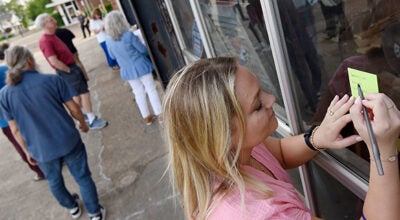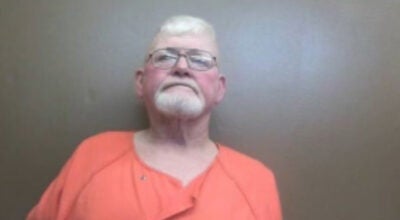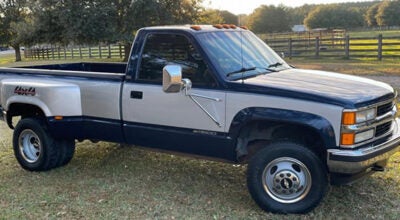Anthropologist to present findings at Grand Village
Published 12:01 am Tuesday, June 23, 2015
By LEAH SCHWARTING
The Natchez Democrat
NATCHEZ — After a recent excavation, findings suggest the Smith Creek Mound Site had two periods of occupation.
As a result, Meg Kassabaum, an anthropologist and professor at the University of Pennsylvania, will give a presentation about researchers’ findings at the Grand Village of the Natchez Indians Thursday.
The Smith Creek Mound Site is located in Wilkinson County, just outside of Woodville.
“It’s a Native American mound site,” Kassabaum said. “It’s got three mounds on the property, and we are excavating in two of the three of them, and then in area just south of where the mounds are.”
In its hey-day, Kassabaum said the site would have been like a fairground and a church combined into one.
“This site among others would have been an incredibly important site,” Kassabaum said.
From mid-May until the end of June, Kassabaum worked with a team of 12 students from the University of Pennsylvania to excavate the mounds.
The team found trash piles containing pointed projectiles, bones, seeds and other types of fauna and flora material.
“We go through people’s trash for a living,” Kassabaum joked.
As they continued sifting through material in the southern area, they made a discovery.
“We were particularly surprised that the material is just a little bit later down there than it was on the mounds,” Kassabaum said.
Originally, the site was thought to have been inhabited from 700 to 1000 A.D. But among the findings was a kind of pottery that was not made until later.
It is now thought there was a later period of occupation from 1000 A.D. to 1300 A.D.
Now that the field study ended Kassabaum plans to speak at the Grand Village of the Natchez Indians. Lance Harris, the site director there, is excited about the presentation.
“Now she can tell the full story,” Harris said.
More research is still ongoing though. It is currently unknown whether or not the second period of occupation was continuous.
The site has also sent some artifacts away for radio carbon dating to find out more.
“That’s the beautiful thing about science,” Harris said. “It’s a continuous quest for knowledge.”
With the presentation approaching, Kassabaum is looking forward to another opportunity to tell people more details about Native American history.
“I think it’s really important for people to understand just how much history took place here before the Europeans arrived,” Kassabaum said.
The program will begin at 6 p.m. at the museum of the Grand Village of the Natchez Indians. Admission is free.





